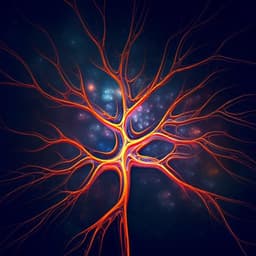
Medicine and Health
Development and evaluation of deep learning algorithms for assessment of acute burns and the need for surgery
C. Boissin, L. Laflamme, et al.
This study showcases the development of deep-learning algorithms for accurate burn assessment, focusing on their performance across different skin types. Conducted by renowned researchers including Constance Boissin and Jian Fransén, the algorithms demonstrate a promising 87.2% accuracy in identifying burns, paving the way for enhanced medical evaluations.
~3 min • Beginner • English
Related Publications
Explore these studies to deepen your understanding of the subject.







